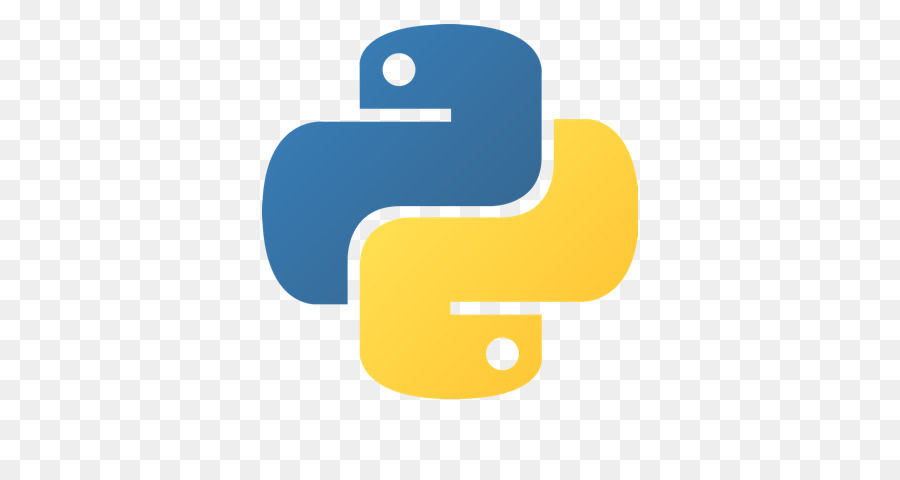Lists are like arrays.

A list can have elements of any data type.
a = [10,20,30,40,50, "ABC", True, 2.09, 3j]
print(a)
The len() is used to get the length of the list.
print(len(a))The type() gives the data type of the variable.
print(type(a))The list elements start with index 0.
print(a[0])-1 can be used to access the last element.
print(a[-1])When we provide a range, the elements from the number start from the first index till last index - 1 of the range is printed.
print(a[2:7])When the second index after : is not specified, it means all the elements starting from the start index till the end is printed.
print(a[3:])
When the first index before : is not specified, it means all the elements starting from 0 till the end index -1 is printed.
print(a[:4])To check whether an element is present in a list or not, we can directly use if statement and verify if an element is present.
if 205 in a:
print(True)
else:
print(False)
The insert() is used to add an element to a particular index.
a.insert(2,350)
print(a)The append method adds an element to the end of the list
a.append(600)
print(a)The extend method extends a list using another list.
b = [1.8, 2.8]
a.extend(b)
print(a)The remove method removes an element from a list.
a.remove(1.8)
print(a)The pop method removes the last item in a list.
a.pop()
print(a)Specifying an index within the pop method will remove the item from the corresponding index.
a.pop(2)
print(a)For loop or while loop can be used to loop through every item in a list.
#looping through a list
for x in a:
print(x)
#looping through index
for i in range(len(a)):
print(a[i])
i = 0
while i < len(a):
print(a[i])
i = i + 1
Using list comprehension, an entire list can be traversed in a single line. The result is a new list.
#list comprehension
print("List Comprehension")
[print(x) for x in a]
The clear method removes all elements in a list.
a.clear()
print(a)The del key word deletes the entire list.
#delete the list completely
del aThe link to the Github repository is here .